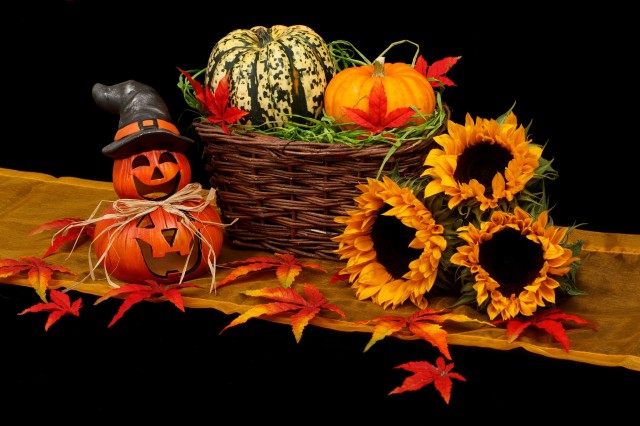Caroline Dennigan
Interesting facts about Halloween
As Halloween approaches, learn a little bit more about this interesting celebration. You might be surprised at what you find out!
Just as Christmas is associated with the colours red and green, Halloween is accompanied by the colours orange and black. The reason being, black represents death and darkness while orange, the complete opposite on the colour spectrum, a vibrant colour, signifies courage and strength. However, that being said, orange could also signify the Autumn harvest which is the time of the Samhain festival.
Halloween was, and in many places still is a festival of the dead. Indeed, celebrations of the dead are held by many cultures throughout the world in recognition of deceased members of the community, generally occurring after the harvest in August, September, October, or November.
As far back as the eighth century, Pope Gregory III pronounced the first of November as a time to honour all saints and martyrs; the holiday, All Saints' Day, incorporated some of the traditions of Samhain, a pagan celebration which marks the end of the harvest season and the beginning of winter or the "darker half" of the year. It was the time of year when the veils between this world and the Otherworld were believed to be at their thinnest: when the spirits of the dead could most readily mingle with the living once again.
How did the name Halloween come about? All Hallow's Eve evolved into All Hallow's Even, and by the end of the 18th century, the celebration was commonly referred to as Hallowe'en.
Descriptions of trick-or-treating have existed since medieval times. In Scotland, Ireland the Isle of Man and Wales it was known as "guising" — It involved children, during Hallowmas going from door to door reciting verses—some of which had pagan overtones—in exchange for food.
Some people believe that if you see a spider on Halloween, it is the spirit of a loved one watching over you.
In Spain, on Halloween night, special pastries are baked, known as "bones of the holy" (Huesos de Santo) and these are put on family graves at the churchyard, a practice that still continues to this day.
Dia de los Muertos—the Day of the Dead—is a lively Mexican tradition which stems from a belief that at midnight on 31 October, the gates of heaven open and the spirits of deceased family members come to enjoy the celebrations. It's a major celebration that has spread around the world and it's more than likely that a city near you will have a Day of the Dead event.
Despite what you may see on the films, a full moon on Halloween doesn't happen very often.
Here are the past and future dates when there was a full moon on Halloween. As you can see, we'll have to wait until 2020 for the next Halloween full moon!!
Saturday, October 31, 1925
Tuesday, October 31, 1944
Monday, October 31, 1955
Thursday, October 31, 1974
Wednesday, October 31, 2001
Saturday, October 31, 2020
Monday, October 31, 2039
Thursday, October 31, 2058
Sunday, October 31, 2077
Wednesday, October 31, 2096
This fascinating early 20th-century Irish Halloween mask is on display at the museum of country life in Turlough, Ireland.


